Source | EEPW Forum
Author | ElectronicW1a
Arduino is the world’s most popular open-source hardware and a trend in hardware development. The simple development method of Arduino allows developers to focus more on creativity and implementation, saving learning costs and shortening development cycles.
It is well-known that the prototype of Arduino was developed by Massimo Banzi and David Cuartielles in the winter of 2005. Massimo Banzi, a lecturer at the Interaction Design Institute in Italy, was motivated to create Arduino simply because his students complained about the lack of affordable and easy-to-use microcontrollers. So, he and visiting scholar David Cuartielles designed the circuit board and introduced a programming language designed by Banzi’s students for the circuit board. To commemorate the completion of the circuit board, they went to a bar named di Re Arduino, which happened to be named after the Italian King Arduin from 1000 years ago. Therefore, to honor this place, the circuit board was named Arduino[1].
After nearly 15 years of development, Arduino has gradually grown into a company that produces open-source hardware and software, along with projects and user communities. The company is responsible for designing and manufacturing single-board microcontrollers and microcontroller packages for building digital devices and interactive objects, allowing the perception and control of objects in both the physical and digital worlds. The products of this project are distributed as open-source hardware and software licensed under the GNU Lesser General Public License (LGPL) or the GNU General Public License (GPL), allowing anyone to manufacture Arduino boards and distribute the software. Arduino boards can be commercially sold in pre-assembled form or purchased as DIY kits[2].
In terms of technology, Arduino currently uses Atmel AVR-based microcontrollers, employing an open-source software and hardware platform built on the open-source Simple I/O (Input/Output) interface board, and features a development environment similar to Java and C language called Processing/Wiring. Due to the open-source nature of Arduino, many Arduino hardware products are produced under license by other companies, with the two largest manufacturers being SparkFun Electronics and Adafruit Industries.
The mainstream Arduino controllers currently include:
Arduino Uno (as shown in Figure 1, this model is the latest Rev3 version), which has all the basic functions of Arduino, and beginners can start with this board.
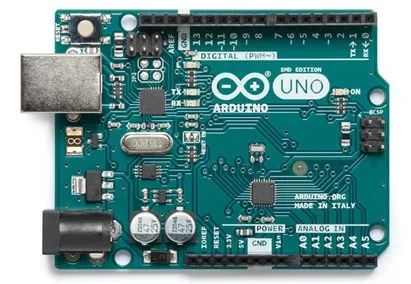
Figure 1 Arduino Uno Rev3 | Image source: Arduino official website
Arduino Mega (as shown in Figure 2, this model is the Arduino Mega 2560, currently the most common Arduino Mega model controller), which is an enhanced version of the Arduino Uno, with more input/output interfaces and larger program space and memory, capable of controlling more devices.
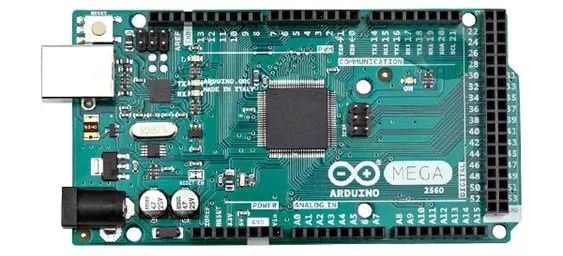
Figure 2 Arduino Mega 2560 | Image source: Arduino official website
Arduino Leonardo (Figure 3), is a new type of Arduino controller launched in 2012, using the ATmega32u4 microcontroller with integrated USB functionality as the main control chip. It not only has the functions of other Arduino circuits but also its greatest feature is its ability to interact with USB devices such as mice and keyboards.
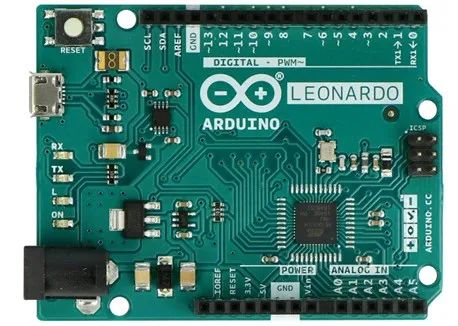
Figure 3 Arduino Leonardo | Image source: Arduino official website
Arduino Due (Figure 4), the biggest difference from previous chips is that it uses the Atmel SAM3X8E ARM Cortex-M3 CPU as the core control chip. Its basic structure layout is similar to the Arduino Mega2560, but the core difference is its integrated multiple peripherals and performance that surpasses other Arduino control boards. One of its most notable features is its extremely high frequency (up to 84MHz, generally 16MHz) clock.
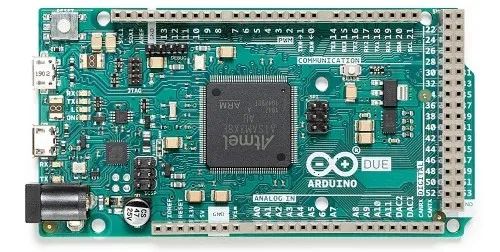
Figure 4 Arduino Due | Image source: Arduino official website
Arduino Zero (Figure 5), Zero is also a simple yet powerful feature-rich platform based on UNO. Zero has a wide range of applications, including IoT smart devices, wearable smart devices, and complex robots for automated driving. One of its core capabilities is the ability to perform Atmel’s Embedded Debugger (EDBG), which is a debugging port that allows online step-by-step debugging, greatly reducing the development difficulty of Arduino.
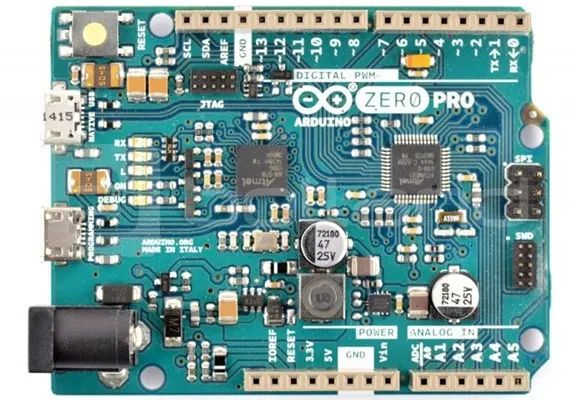
Figure 5 Arduino Zero | Image source: Arduino official website
References:
[1] Baidu Encyclopedia: https://baike.baidu.com/item/Arduino/9362389?fr=aladdin
[2] Wikipedia: https://zh.wikipedia.org/wiki/Arduino